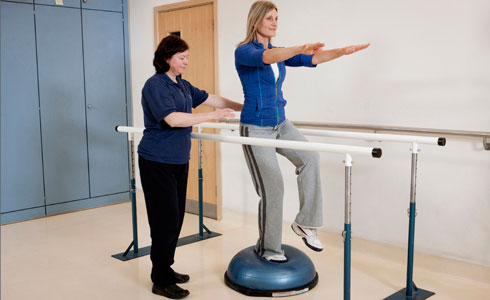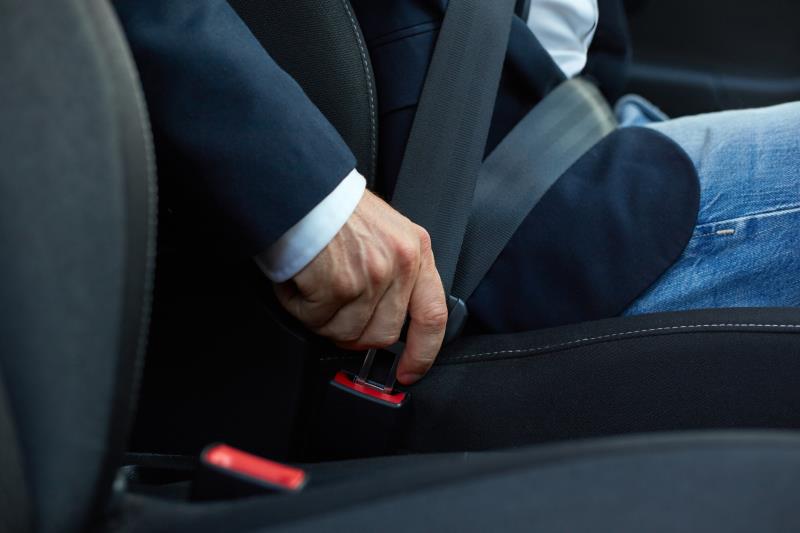Before people have surgery, one of the most common questions we are asked is how fast they can get back to their regular life.
How soon can they go back to work or will they be immediately able to drive? Everyone is desperate to recover within one or two days and bounce back to supreme health in an instant.
We understand there is an urgency not to be bed-ridden but trying to “recover” too quickly will only deteriorate your long-term health and possibly undo the critical improvements made thanks to surgery.
To help answer some of your questions in advance and make sure your recovery is exactly that – recovery – we have developed a guide to the dos and don’ts of post-surgery activities. From how soon you can walk to getting back into sport, these are your must-knows.
Remember, every surgery is different, particularly dependent on the part of your body which has been operated upon, so this is general advice.
When can I walk again?
Walking straight away poses the most issues for individuals who have had foot-related surgeries. For surgeries including hammer toe correction, bunions and arthrodesis of the metatarsophalangeal someone can usually begin walking immediately, but it is recommended to have a stiff shoe. The stiff shoe relieves the pressure on the foot, so you put weight on parts of the foot that aren’t painful.
In comparison, surgeries such as the Cavovarus foot correction, Subtalar joint fusion, and triple fusion, the walking date won’t be for another six to eight weeks. Even then, lessening the weight and using special shoes for walking will likely be recommended.
The same is true for knee and ankle surgeries, with some allowing walking from day one, possibly with the aid of a crutch, and others having longer recovery date.

What about driving?
Again, driving is different for everybody and every type of surgery. What’s important to remember throughout the entire process is not to ignore the instructions of medical professionals. If driving is not recommended for six weeks, then heed that advice and don’t risk your safety.
While we can’t give a magic number on when you can drive again, there are a couple of signs you can look for before getting behind the wheel.
Let’s use the example that you have undergone surgery on your Achilles’ tendon and the driving date is six to eight weeks after surgery for a non-automatic car. If you reach that time, it’s still important to check you are comfortable with driving.
The ankle must be strong and flexible to work the pedals and have the capacity to respond in an emergency situation quickly. If you take the risk of driving before physically healthy, then your insurance will be void in the event of an accident. Also, don’t plan a Brisbane to Sydney trip as your first drive after surgery. Start with short distances and gradually build it up.

Never miss a post-recovery appointment.
Perhaps you are three weeks into your recovery, everything is a bit less painful and stiff, and you can do basic things like walk around the block or cook dinner. Everything seems to be on track.
It is at this stage of recovery when people start missing their physiotherapist or post-operative appointments because everything seems to be going fine!
That’s the exact point: our medical team recommend purposeful appointments to ensure you have an optimal recovery.
Adding onto that, if you have been prescribed certain physical exercises then create a routine of doing them.

Gradually getting back into exercise.
Again, what types of exercise you are capable of will change based on your surgery and also your fitness levels beforehand.
Commonly suggested, regardless of foot, ankle or knee, is light walking, swimming and cycling. Once you feel comfortable with one or more of those sports, the distance you travel can be increased – as long as it is comfortable and not putting too much strain on you.
After that, individuals can slowly get back into the sports they loved, whether it be contact sports like rugby league or injury-prone ones such as netball.
What is imperative that through the entire process is that you are following the advice of Dr Greg Sterling or your physiotherapist. For a few surgeries, certain sports will not be possible after an operation.
Both before and after your surgery, we always encourage you to ask questions, so there is no confusion about your capacities. No matter what, the advice should always be followed to ensure you stay on track to not only getting back to what you could do before surgery but be even better!
Get in touch with Dr Greg Sterling if you have questions about post-operative recovery or have questions about your health.
Disclaimer: this is general advice but for more specialised medical advice for your situation, seek out a qualified professional.
